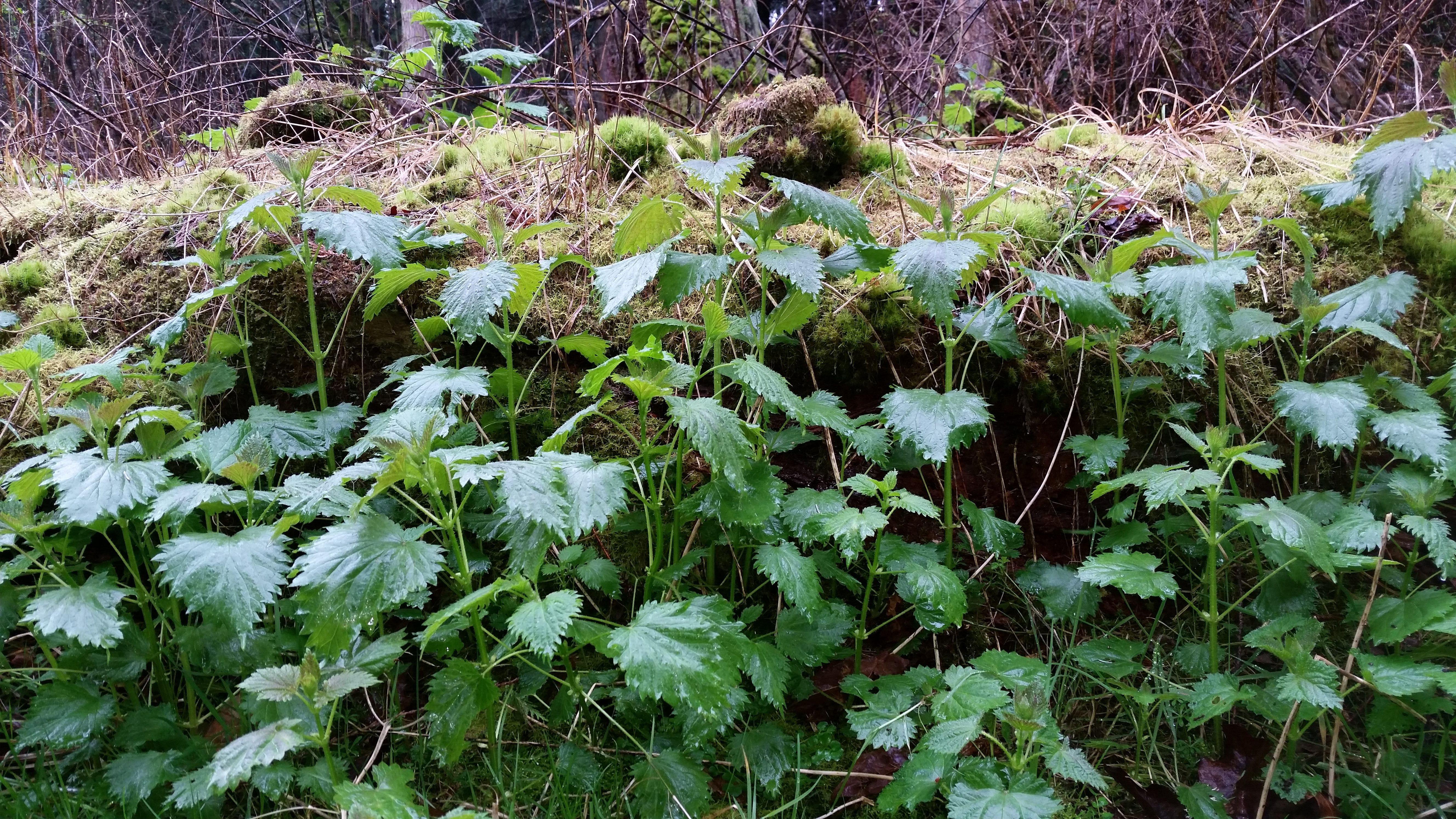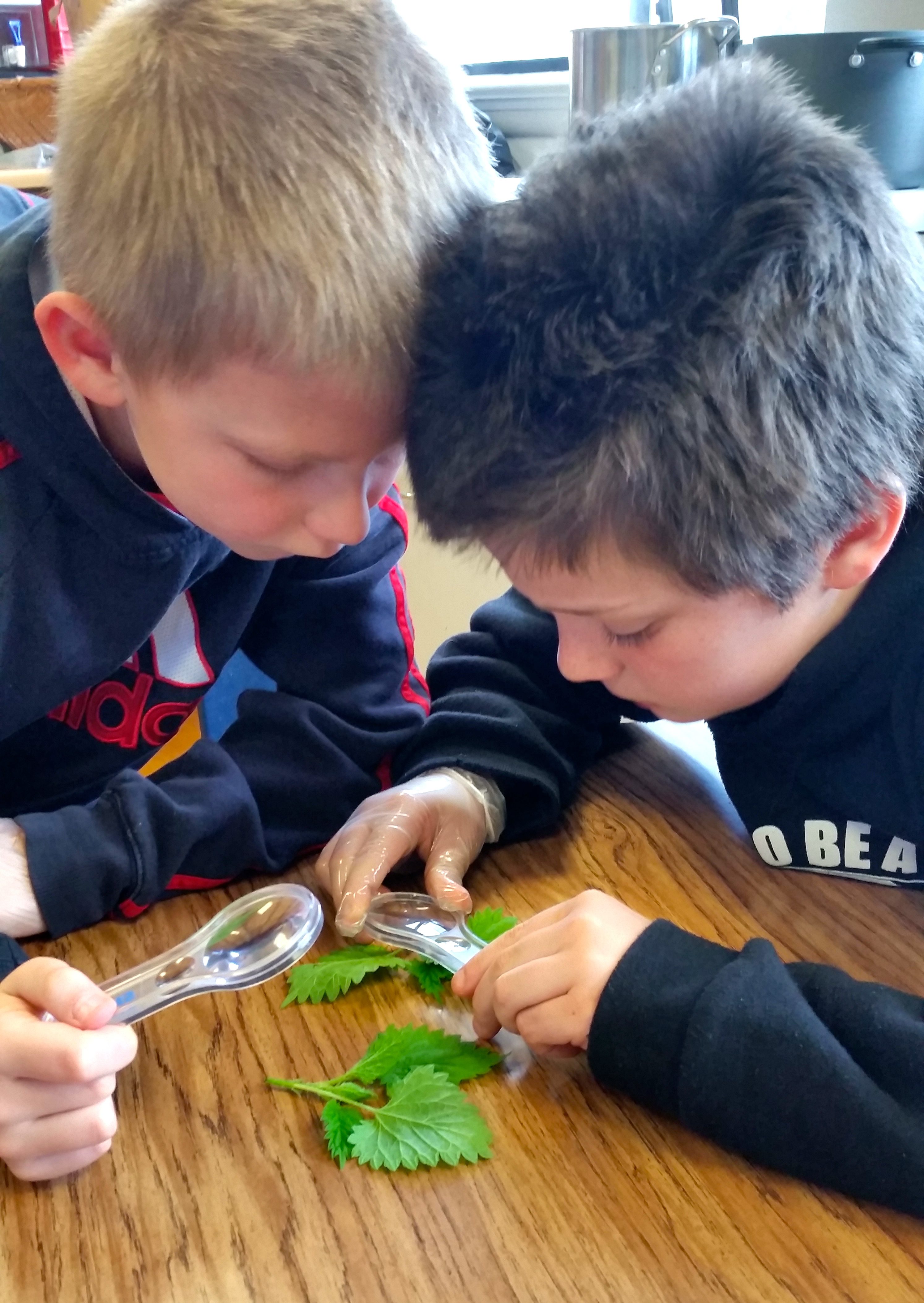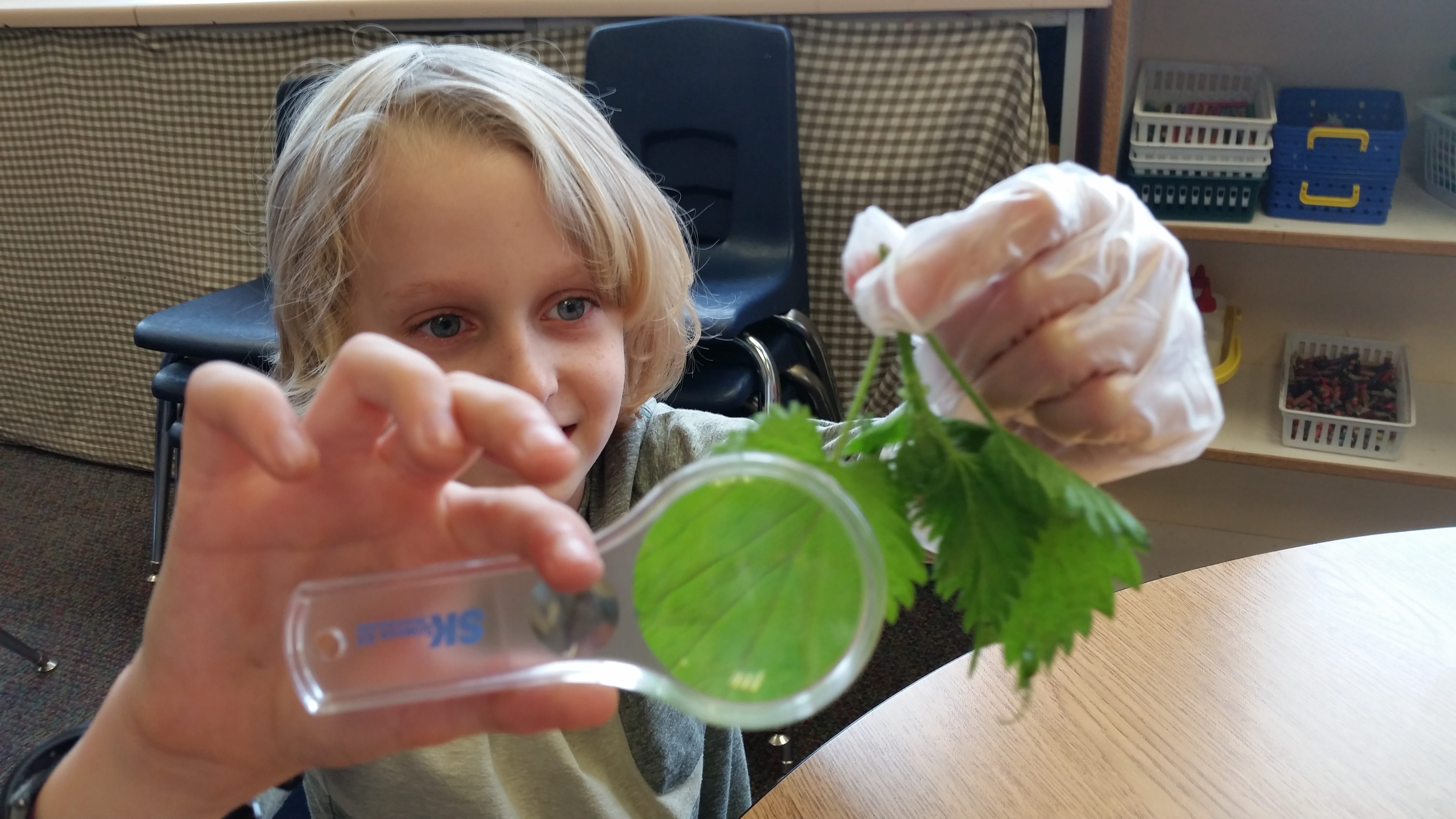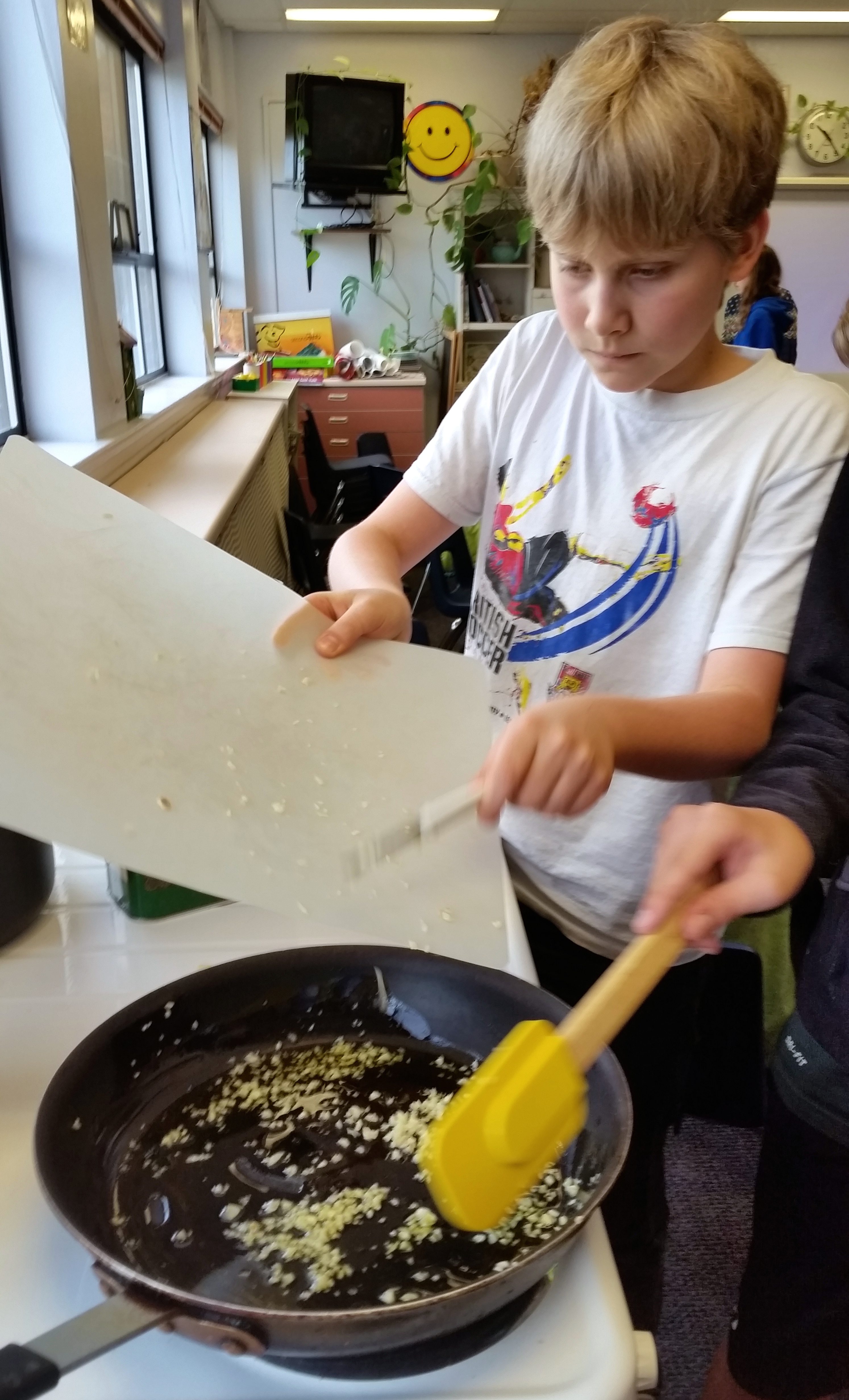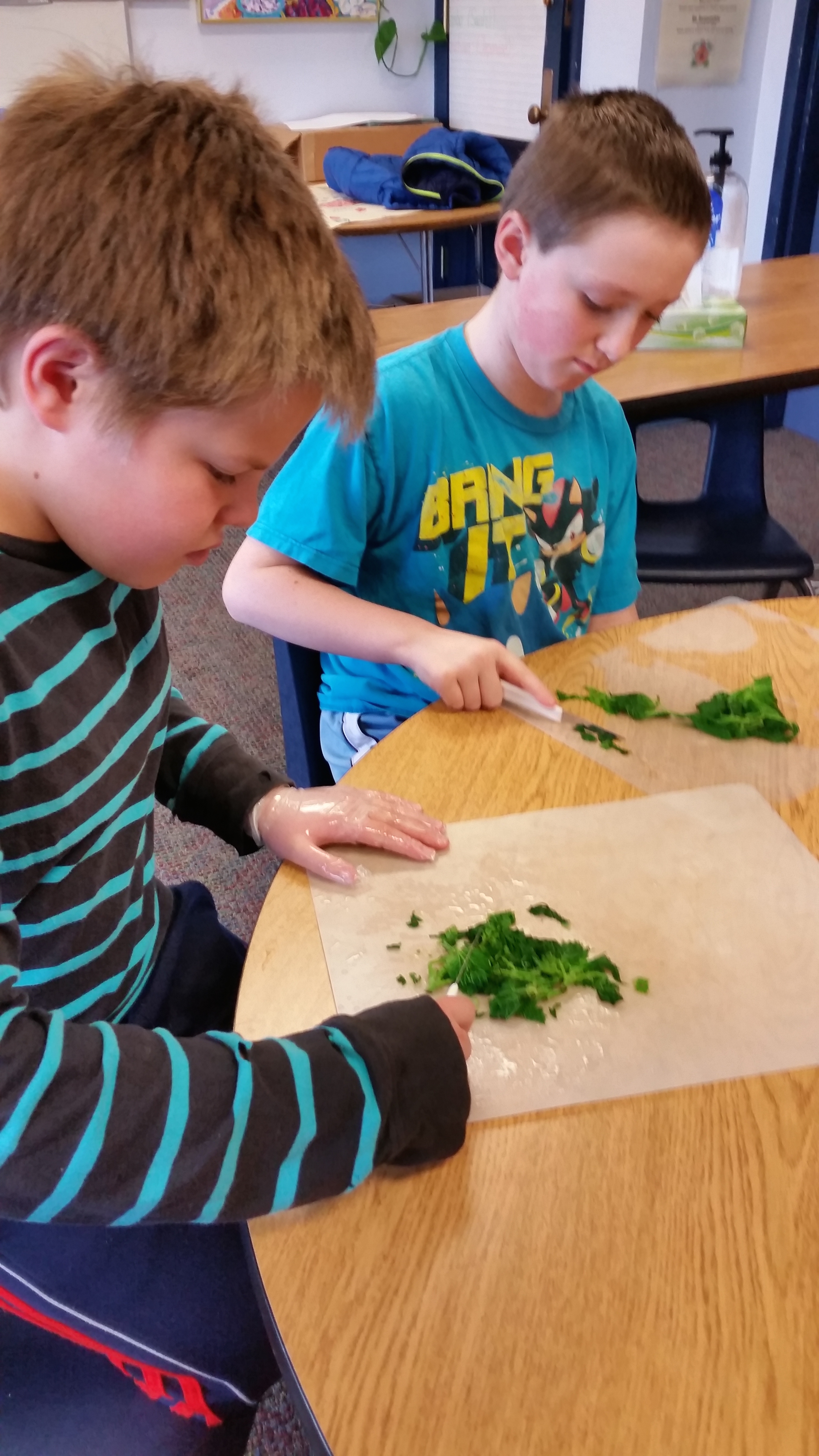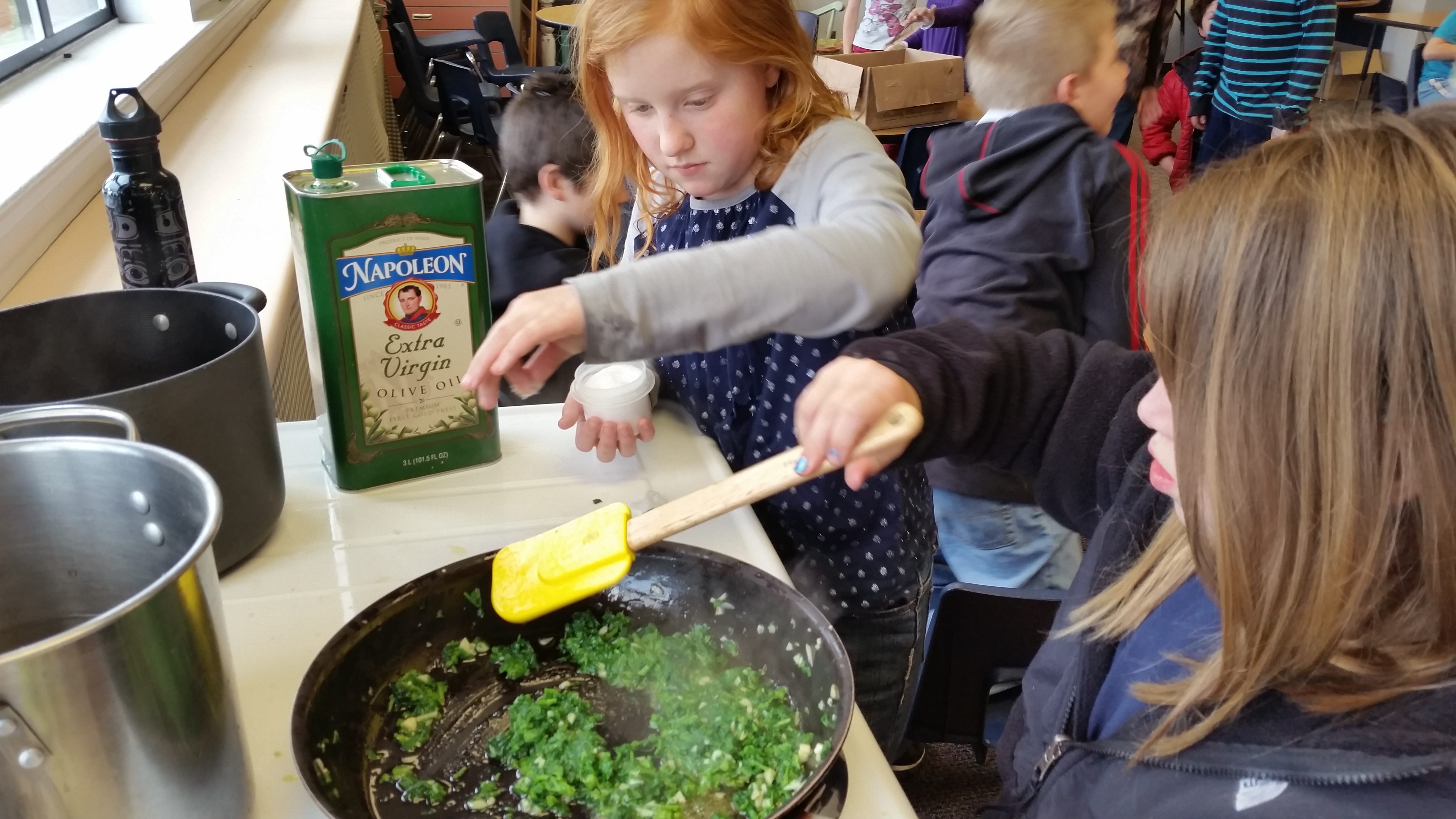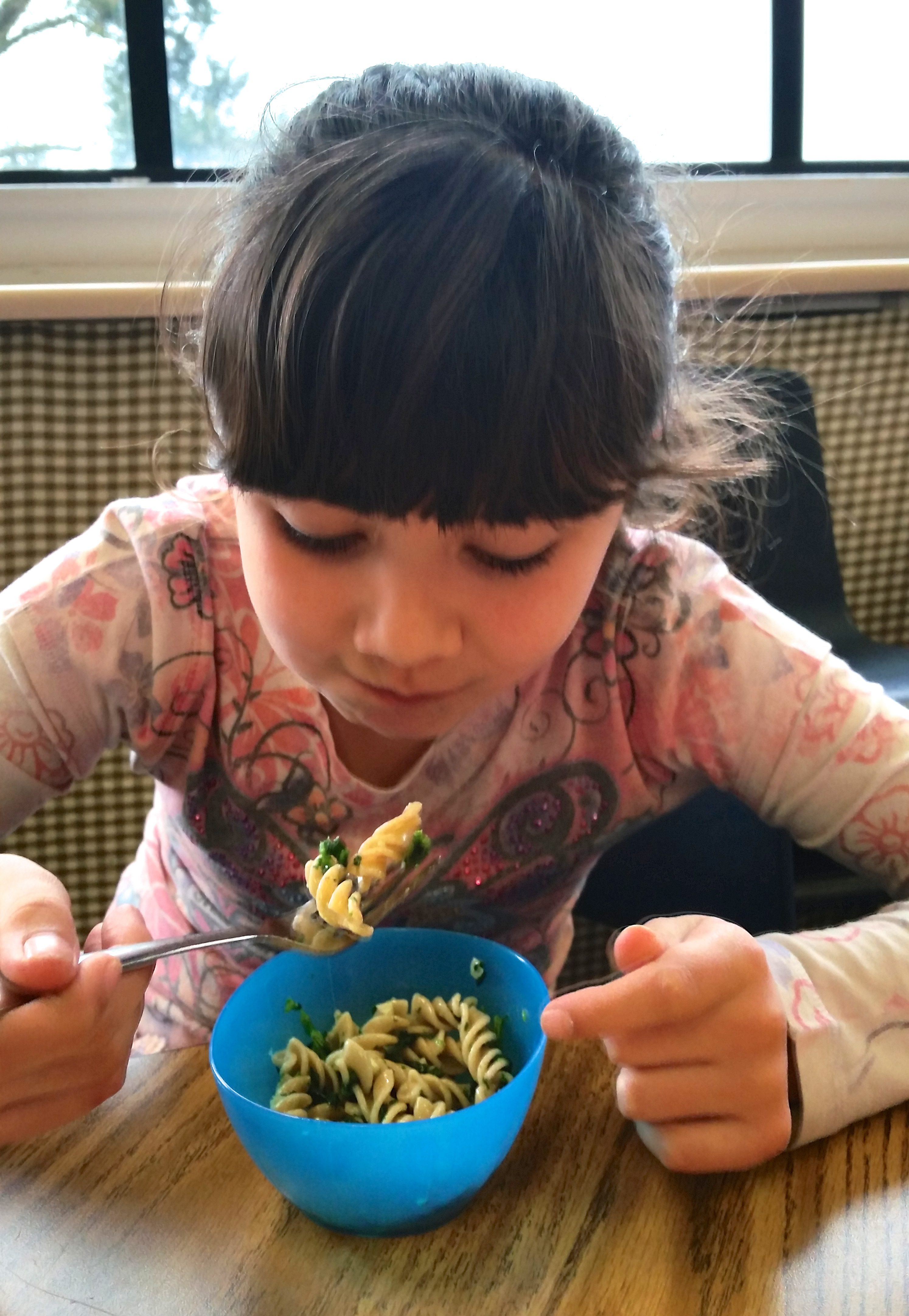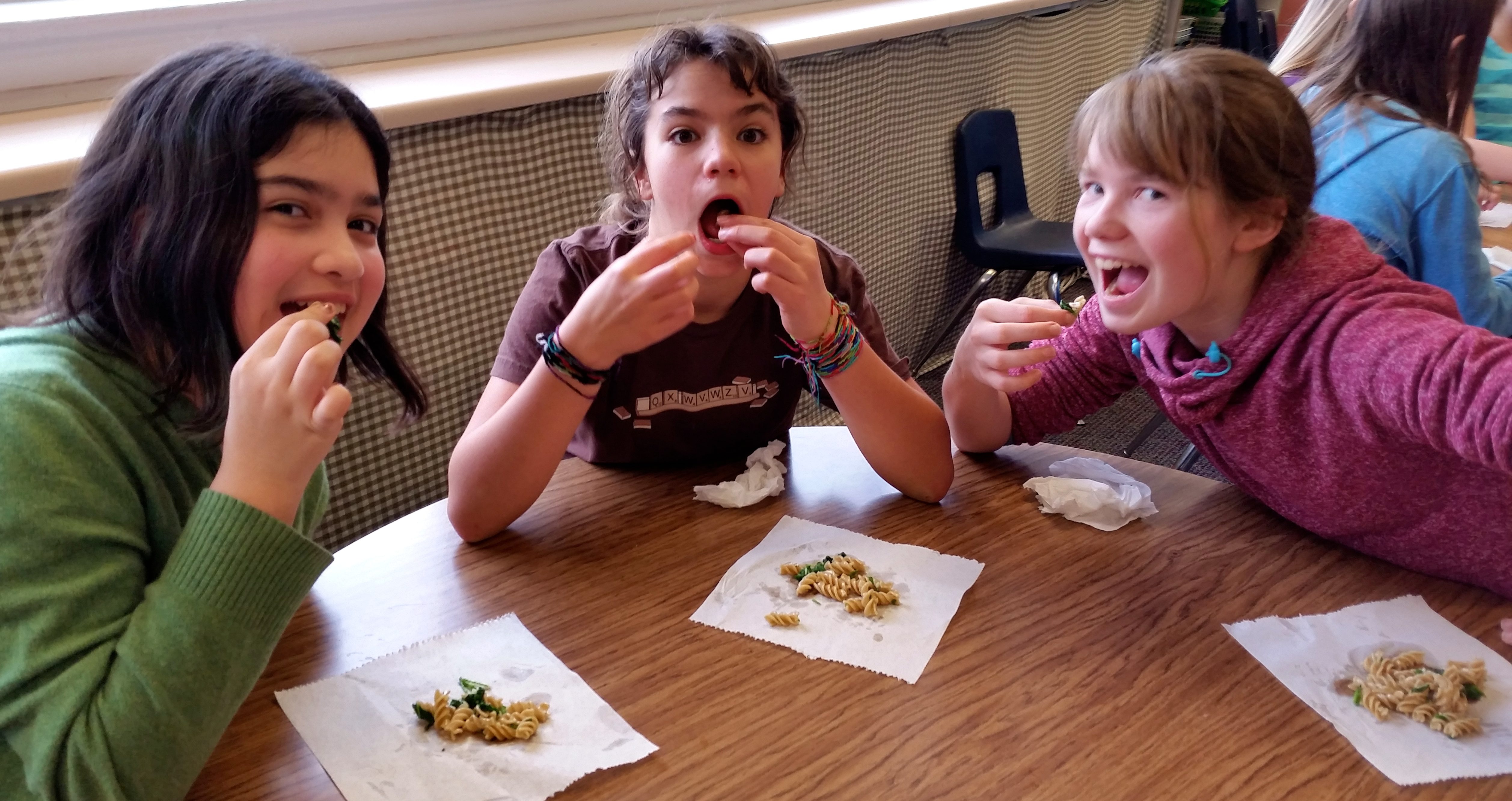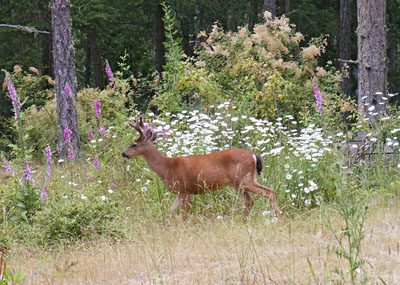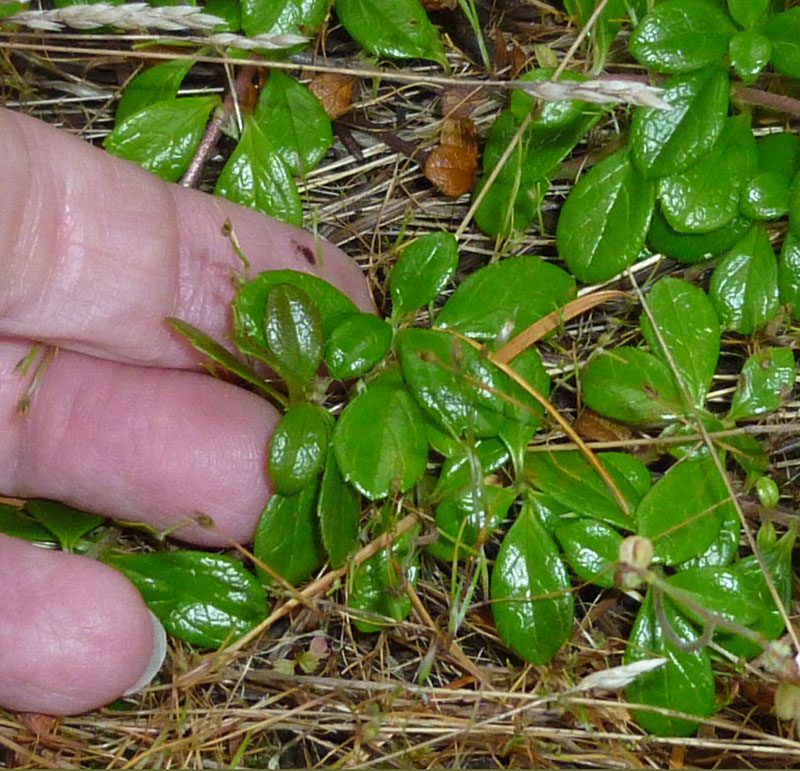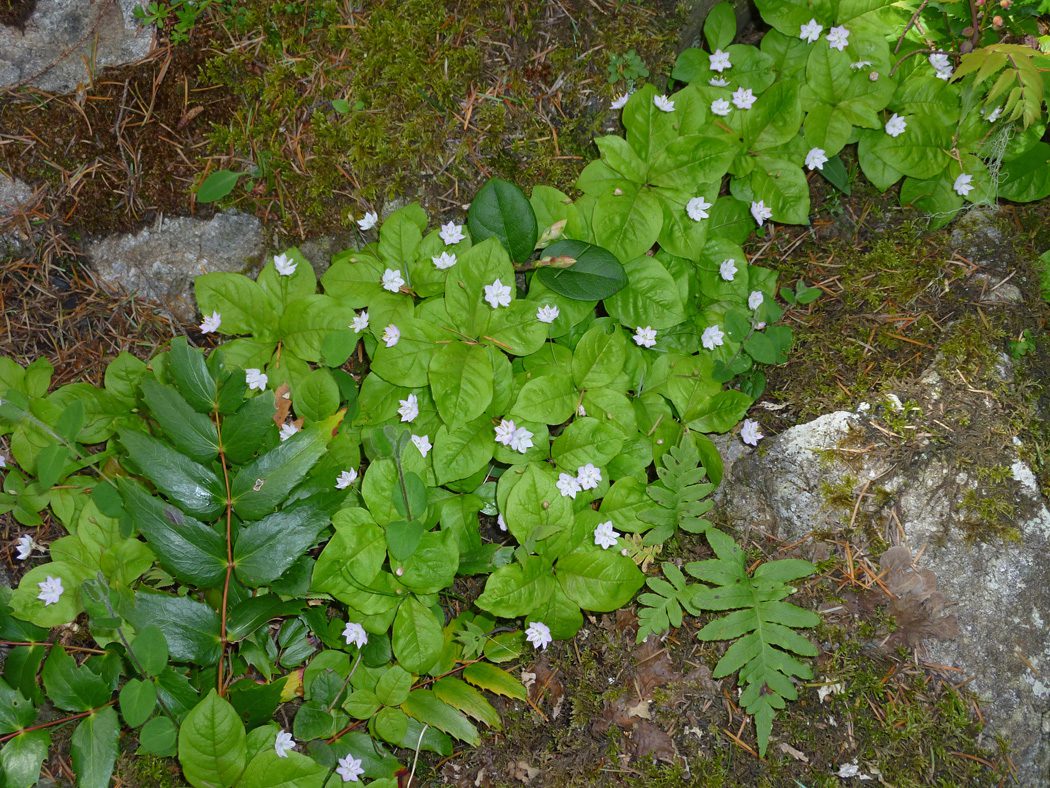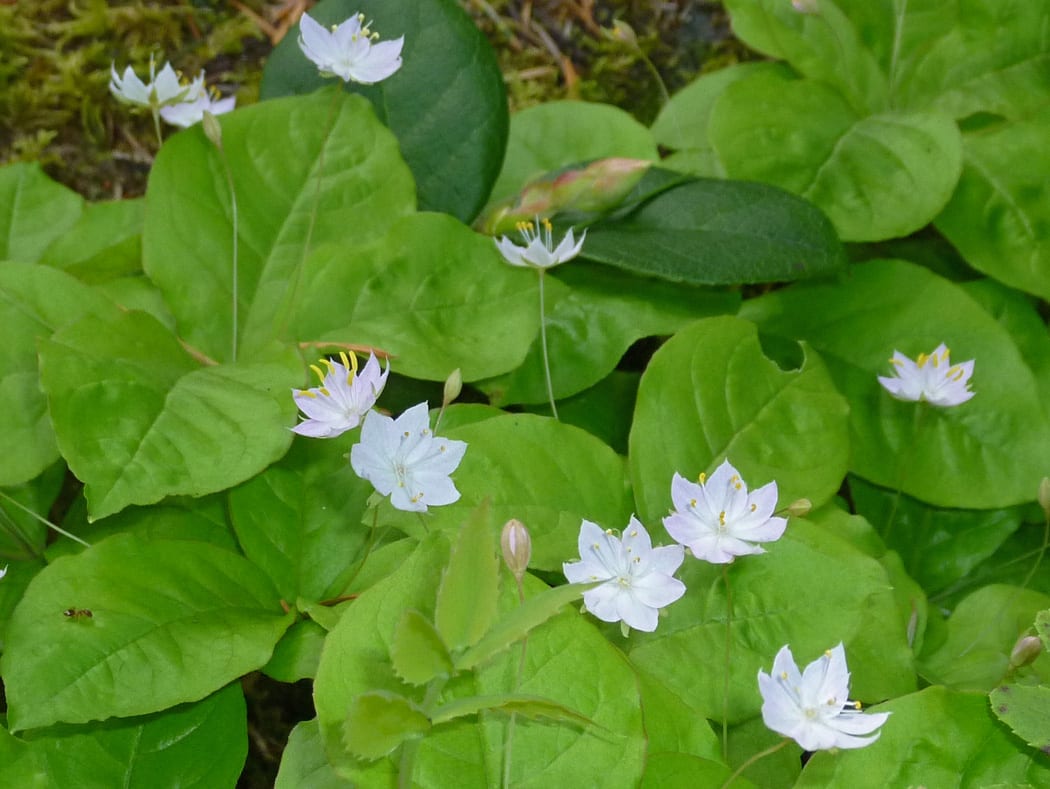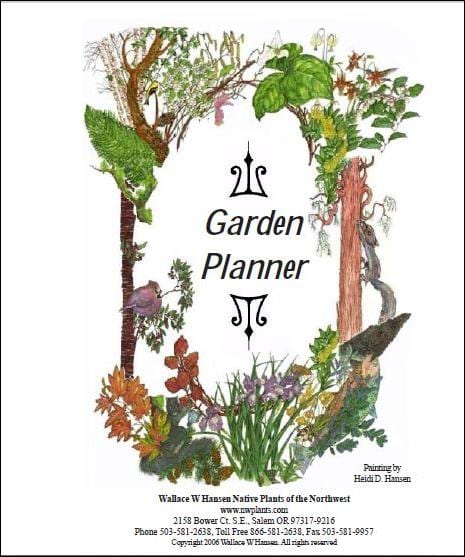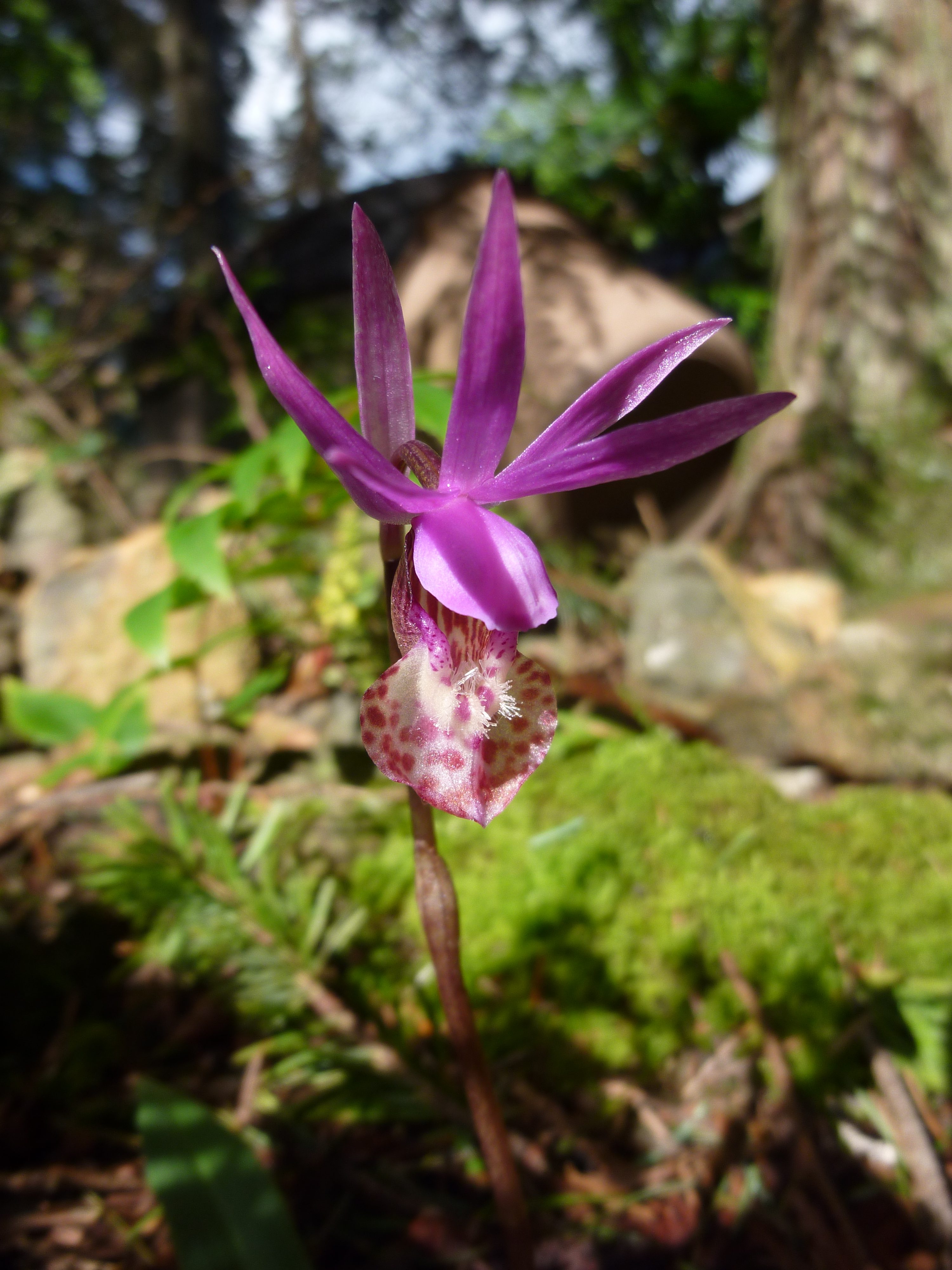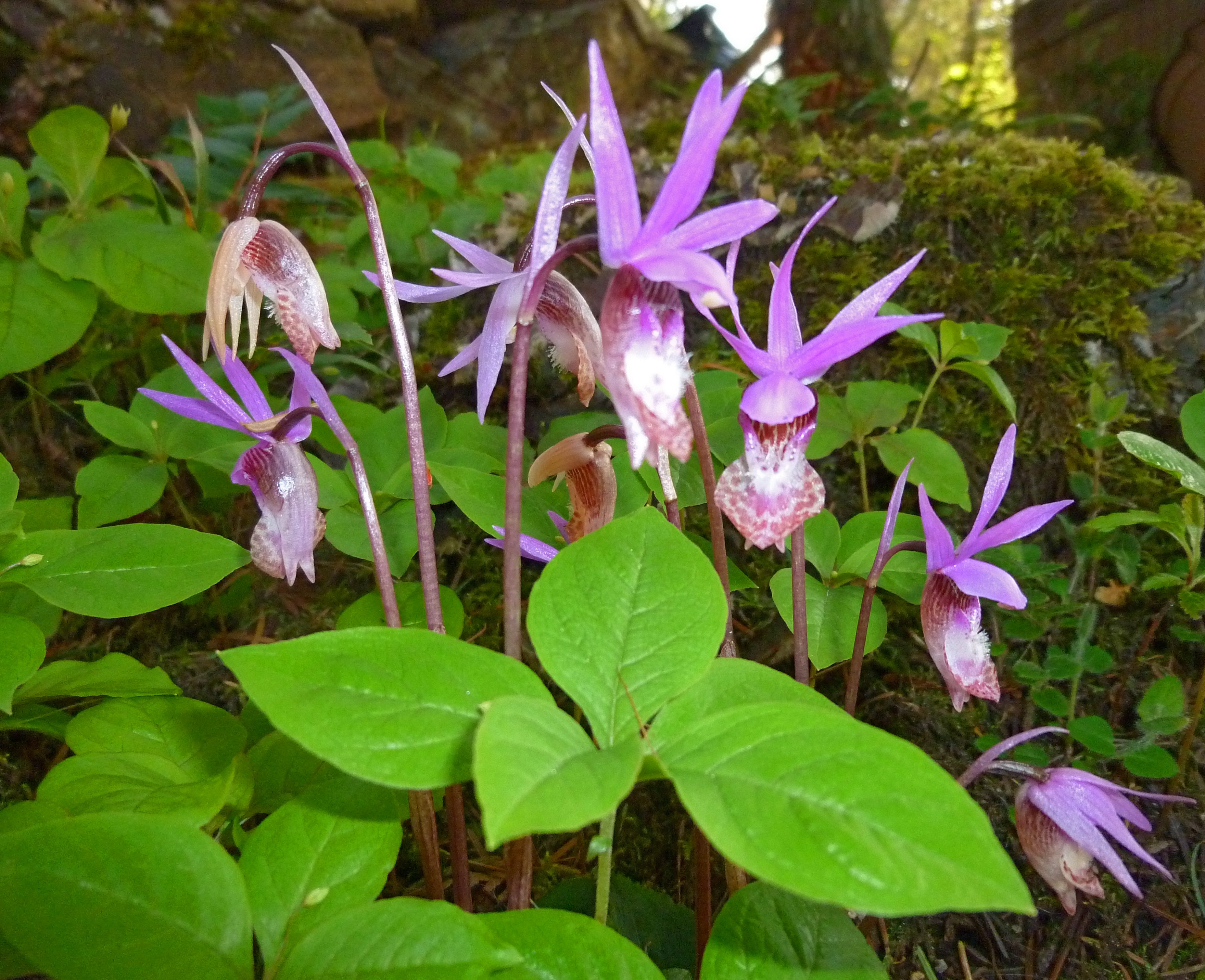Springtime on Orcas Island means nettle time! Some people only consider nettles to be those pesky weeds that cause an irritating sting when brushed up against. My students at Orcas Island Elementary School know otherwise… they know that nettles are nutritious, tasty, and free!
Nettles are low in calories, but pack in a whopping amount of iron, calcium, vitamin K, and fiber. It has long been believed that ingesting nettles can combat the symptoms of hay fever and seasonal allergies. Try drinking two cups of nettle tea a day just prior to and during your allergy season and see for yourself! You do need to be careful when gathering your nettles. Wear long sleeves and pants. Use gloves and clippers to harvest. You can take the sting away from your nettles by drying them in the sun or simply by rinsing and soaking the nettles in water. The most certain way to take away all sting is to boil briefly.
After harvesting your nettles and before eating them, you could take some time to investigate them with a magnifying glass!
You can enjoy nettles in many ways, in soup, tea, sauces, and stir fry. We decided to make a nettle pasta dish in Farm to Classroom last week. Here is how we made our nettle pasta.
Start by mincing garlic and sautéing it in some olive oil. 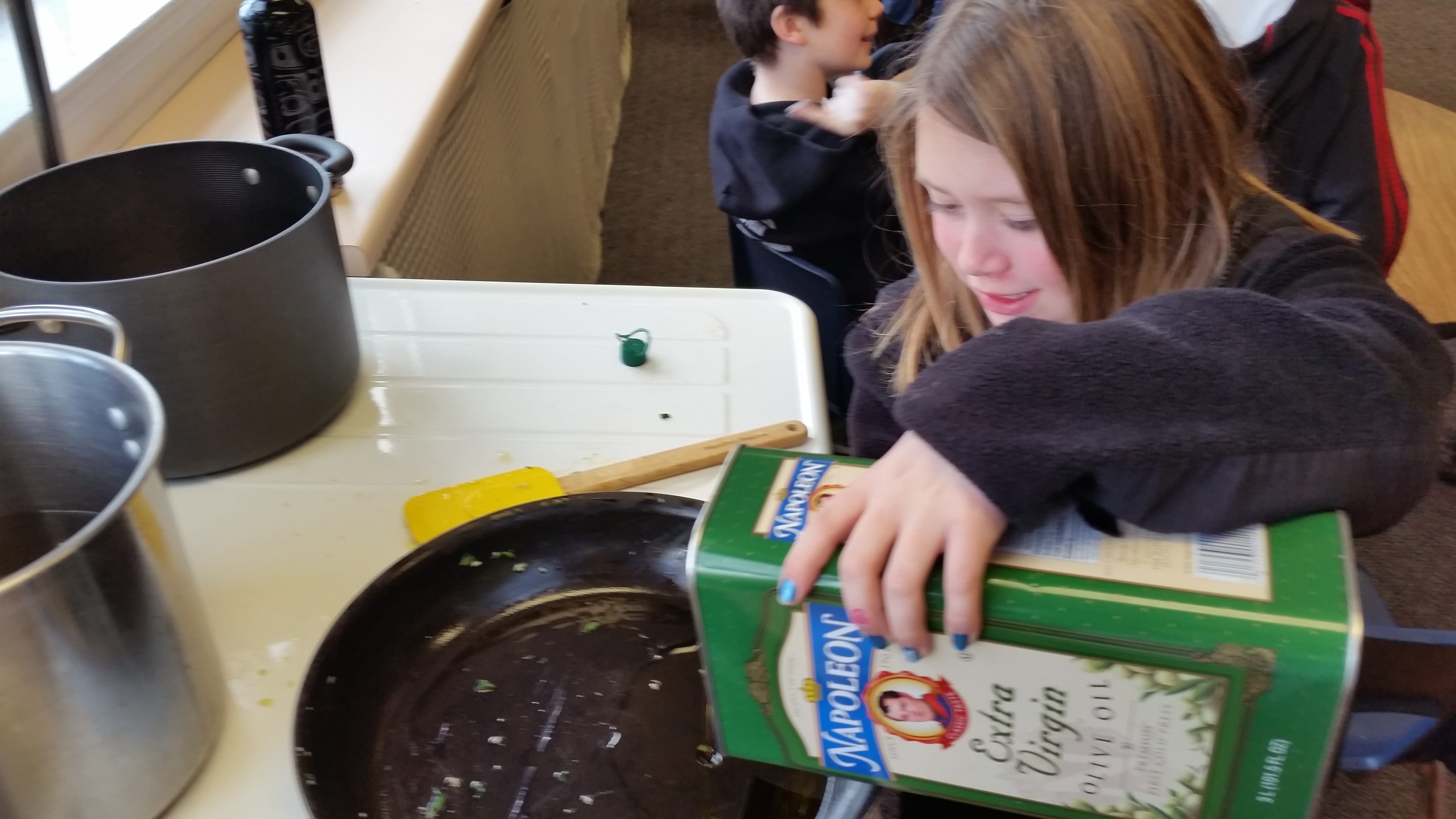
Bring a pot of water to boil and add nettles to boiling water for 3-5 minutes. Remove the nettles with a slotted spoon and chop them. Add your pasta to the same water you boiled the nettles in.
Add the chopped nettles to your garlic and sauté. Add a few pinches of sea salt if you’d like.
Add the cooked pasta and mix thoroughly until combined.
Enjoy warm or cold!
Here is an easy way to store your extra nettles for use later. Boil, chop, squeeze out excess water and form into a ball. Freeze the nettle balls on a baking sheet and transfer to a Ziploc bag once frozen. Then you can toss a nettle ball into soup, smoothies, sauces, scrambled eggs and omelets, you name it!
Go ahead and try some stinging nettles. My students enjoyed them, and you may too!
Eat your nettles!


